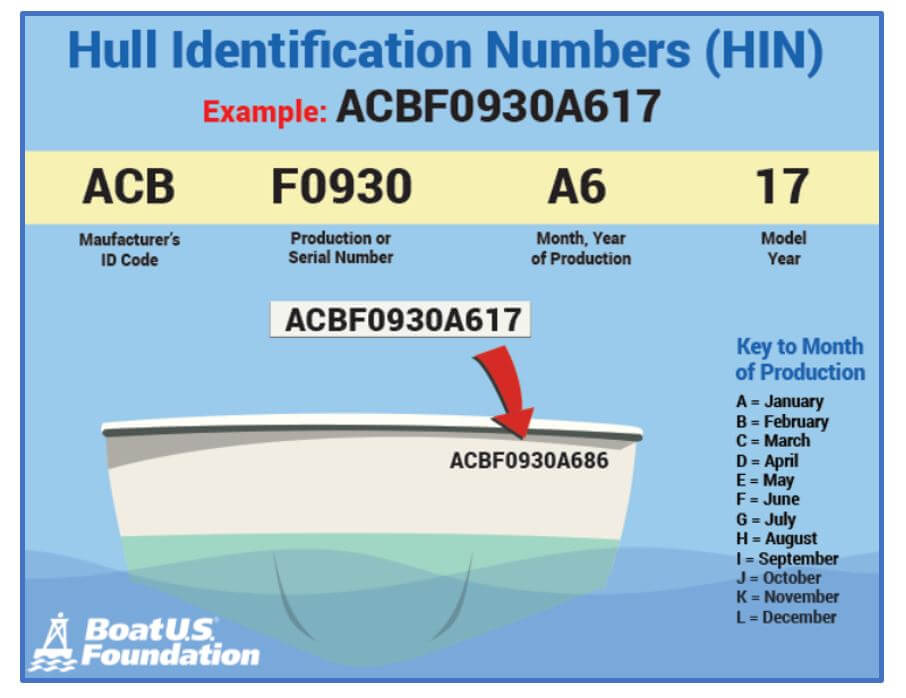As of June 1, 2018, Alabama Act 2018-179 established a formal statewide program, administered through the Alabama State Law Enforcement Agency (ALEA), to address abandoned or derelict vessels (ADVs). There are also non-governmental organizations that are involved with the removal and disposal of ADVs, including the Dog River Clearwater Revival, which has worked with Sea Grant and the NOAA Marine Debris Program to remove vessels from the state's waterways.
Financiación
El Alabama Abandoned and Derelict Vessel Fund, creado en junio de 2018 y gestionado por el Secretario de ALEA, es para el pago de la incautación, remoción, transporte, preservación, almacenamiento, publicidad, tasación y eliminación de una embarcación abandonada.
Panorama legislativo
A partir del 1 de junio de 2018, la Ley 2018-179, relacionada con embarcaciones abandonadas y abandonadas, autoriza la remoción de una embarcación de las aguas de este estado bajo ciertas condiciones por parte de un oficial de la ley o un propietario privado. Las embarcaciones que se encuentran a la deriva están cubiertas por §35-13-1, Código de Ala. 1975, que establece que cualquier persona puede recoger y asegurar "toda propiedad a la deriva." Además, Alabama cuenta con leyes que declaran ilegal la colocación de una "embarcación peligrosa" en un puerto del estado. En virtud del artículo 33-1-33 del Código de Alabama de 1975, cualquier propietario o agencia que controle una embarcación anclada, amarrada o sujeta a la costa ilegalmente, o que pueda hundirse o contaminar, o que se considere abandonada, puede ser multado si no la retira.
Punto de contacto
- ALEA tiene autoridad para tomar posesión y disponer de una embarcación abandonada o en ruinas.
- The Alabama State Port Authority has jurisdiction over the state’s ports and administers the laws under Title 33 - Navigation.
- El Departamento de Conservación y Recursos Naturales tiene autoridad para hacer cumplir las restricciones de amarre en las tierras de fondo de propiedad estatal a través de la Patrulla Marina.
Consulte el siguiente enlace para obtener información adicional sobre los buques:
https://marinedebris.noaa.gov/sites/default/files/ADV-Docs/ALABAMA_ADV_Legal_Review_revised2018ccw_NOAA_MDP.pdf
